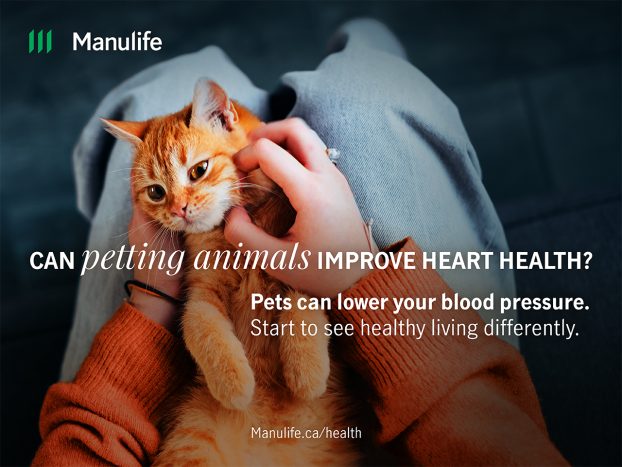 “We believe it’s our responsibility as a PR agency, and as marketers, to understand people’s relationship with news and media overall,” says Janine Allen, president and partner, Kaiser & Partners (K&P), a PR and communications consultancy based in Toronto.
“We believe it’s our responsibility as a PR agency, and as marketers, to understand people’s relationship with news and media overall,” says Janine Allen, president and partner, Kaiser & Partners (K&P), a PR and communications consultancy based in Toronto.
To that end, as the agency celebrates its 10th anniversary this month, K&P is releasing its Survey on Media Consumption and Trust for the second year in a row, asking over 1,500 Canadians what sources of information they find most credible, and how their news media consumption has changed during the COVID-19 pandemic.
Allen says while its valuable to reflect on how brand needs have evolved and shaped the agency’s practice over the last decade, it’s perhaps more important to look ahead and take the pulse of Canadians on “the relationship between people and where they get their information”.
While the research and the data collected have been helpful context to understand consumer sentiment, Allen explains that the survey also serves to effect meaningful change around strategy and tactics at K&P.
For example, the fact that news consumption is up overall during the pandemic – with 25% of respondents watching more broadcast TV news, 22% consuming more online news, and 17% obtaining more news from social media – the data should be tempered by findings that show Canadians are increasingly skeptical and more critical of those news sources than ever before.
It would be easy for advertisers to assume they should just walk away from earned media because people don’t trust it, “but I don’t think that’s really the case,” Allen says
Established news media is still rated the most credible by most people surveyed, she confirms. “Number two was public health agencies. And in third, government. So, it’s not all bad news, but for marketers and PR people specifically, I think this presents an opportunity.”
According to the data, Canadians are desperate for sources of information they can trust. Seventy-three percent of those surveyed think social media-based content has become less credible as a result of the pandemic, despite the channel’s increase in popularity. People are on the channels, they just aren’t trusting what they’re finding there.
“If you can establish yourself as an outlet where people can find credible, honest, data-backed news, then you have more of an impact on the people that you’re informing,” Allen says. “That’s where agencies like ours can come in.”
Ultimately, Allen says the data illustrates that Canadians are tired of noise, and if her job as a marketer is to compete for share of voice, then the marcom strategies and tactics deployed can’t contribute to that noise. It’s about meeting audience needs for factual content and “telling stories that people are looking for, that are going to contribute to the conversation rather than create more noise in the marketplace”.
By way of example, Allen points to K&P client ADP, a provider of payroll, HR, and tax services, who took the opportunity to distill information businesses were anxious for, rather than add to the onslaught of pandemic-related messaging.
ADP was already conducting workplace insight surveys, but K&P recommended to “tweak the surveys to focus specifically on how COVID was impacting the workplace,” providing fact-based data on a quarterly basis “to get real information around what’s happening in terms of employer decisions,” she says.
Credibility is also key, Allen adds, noting that a big part of that is “working better with media” to uphold an agency’s end of the “reputation deal.” She references another K&P client, LifeWorks – formerly Morneau Shepell. It publishes a monthly mental health index that contributes to important and ongoing discussions on the issue with content presented in an authentic manner.
Quality, verifiable content, Allen stresses. With social media’s credibility eroding, and misinformation’s ever-growing foothold within the news cycle, Allen says a goal going forward is to increasingly improve the relationship between PR agencies, journalists, and news outlets in hope of returning to an era that embraces and believes in journalistic integrity and quality reporting.
As far as how changing consumer mindsets have changed K&P practices over the last decade, and its approach going forward, Allen says, “clients used to come to us and say they want a story in The Globe and Mail or a story in IT World Canada, and that was our job.” Today, she says, it’s less about where the story runs, and more about the story itself.
“If we’re going to reestablish credibility and earn back the trust of people looking for information online, we have to be intentional in the messages we’re putting together, and how they are rooted in facts and information, as well as how we’re telling the overall story.. And in this challenging media landscape, this approach also includes paid, owned and shared channels – wherever your brand is communicating,” Allen asserts.
“Reputation is built on consistency, honesty, and trust, and that’s what will lead to continued success over the next 10 years.”




















